
The first story is titled "The Wizard and the Hopping Pot" and sheds light on the prejudice against Muggles within the wizarding world. I did not particularily care for this story because the main character, the Wizard, in the end had to sacrifice his free will to the will of his dead father.
The second story is titled "The Fountain of Fair Fortune," and Dumbledore's notes explain how this tale played a part in preventing theatre productions from being part of a Hogwart's education, as well as what started the fued between Lucius Malfoy and Dumbledore. I enjoyed this tale simply for the bit of romance at the end.
The third story is titled "The Warlock's Hairy Heart". Dumbledore's commentary largely discusses love and the main character's impossible desire for invulnerability. He also makes mention of the meaning of a common wizarding expression " to have a hairy heart." I found this story paralleled the fairytale "Beauty and the Beast" in some aspects, but the ending was entirely too gruesome for my taste.
The fourth story is titled "Babbitty Rabbitty and Her Cackling Stump". Dumbledore uses this tale to discuss the impossibility of restoring life to the dead, the nature of the Animagi, and the role of trees in wand-making. I enjoyed this tale for the way that the washerwoman outsmarts her foes.
The final story is titled "The Tale of the Three Brothers" and has the greatest significance in the final Harry Potter book, as the three objects described in the tale - the Elder Wand, the Resurrection Stone, and the Invisibility Cloak - belonged to the Peverell brothers, Harry Potter's ancestors. Dumbledore describes the moral of the story as that death can not be avoided, and he further assures the reader that the existence of the three objects is only legend and superstition. I enjoyed this story the most because it invokes the imagination with its possibilities.
Profits from the sale of the book go to the Children's High Level Group, which Rowling founded with Baroness Nicholson of Winterbourne MEP. The charity's focus is on helping children across Europe who still reside in large residential institutions in the areas of health, education, and welfare.




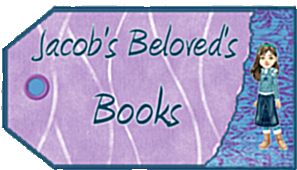



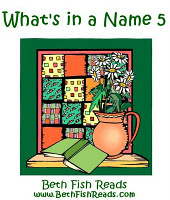

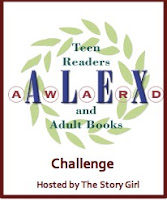
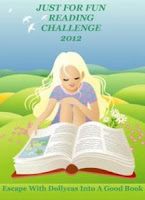

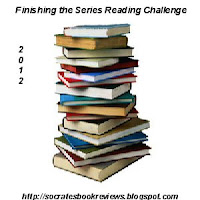









0 comments:
Post a Comment